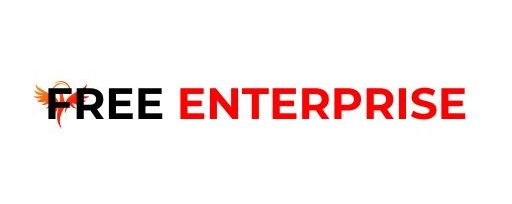
<!-- HTML_TAG_START -->NasdaqGM:TCRX Ownership Breakdown December 25th 2024<!-- HTML_TAG_END -->
Just because a business does not make any money, does not mean that the stock will go down. For example, biotech and mining exploration companies often lose money for years before finding success with a new treatment or mineral discovery. Having said that, unprofitable companies are risky because they could potentially burn through all their cash and become distressed.
So, the natural question for Prothena (NASDAQ:PRTA) shareholders is whether they should be concerned by its rate of cash burn. For the purposes of this article, cash burn is the annual rate at which an unprofitable company spends cash to fund its growth; its negative free cash flow. The first step is to compare its cash burn with its cash reserves, to give us its ‘cash runway’.
View our latest analysis for Prothena
A company’s cash runway is calculated by dividing its cash hoard by its cash burn. As at September 2024, Prothena had cash of US$519m and no debt. Importantly, its cash burn was US$155m over the trailing twelve months. So it had a cash runway of about 3.3 years from September 2024. Notably, analysts forecast that Prothena will break even (at a free cash flow level) in about 4 years. That means unless the company reduces its cash burn quickly, it may well look to raise more cash. The image below shows how its cash balance has been changing over the last few years.
Prothena boosted investment sharply in the last year, with cash burn ramping by 74%. While that’s concerning on it’s own, the fact that operating revenue was actually down 5.4% over the same period makes us positively tremulous. Considering both these metrics, we’re a little concerned about how the company is developing. Clearly, however, the crucial factor is whether the company will grow its business going forward. For that reason, it makes a lot of sense to take a look at our analyst forecasts for the company.
Even though it seems like Prothena is developing its business nicely, we still like to consider how easily it could raise more money to accelerate growth. Issuing new shares, or taking on debt, are the most common ways for a listed company to raise more money for its business. Many companies end up issuing new shares to fund future growth. We can compare a company’s cash burn to its market capitalisation to get a sense for how many new shares a company would have to issue to fund one year’s operations.
Since it has a market capitalisation of US$829m, Prothena’s US$155m in cash burn equates to about 19% of its market value. Given that situation, it’s fair to say the company wouldn’t have much trouble raising more cash for growth, but shareholders would be somewhat diluted.




